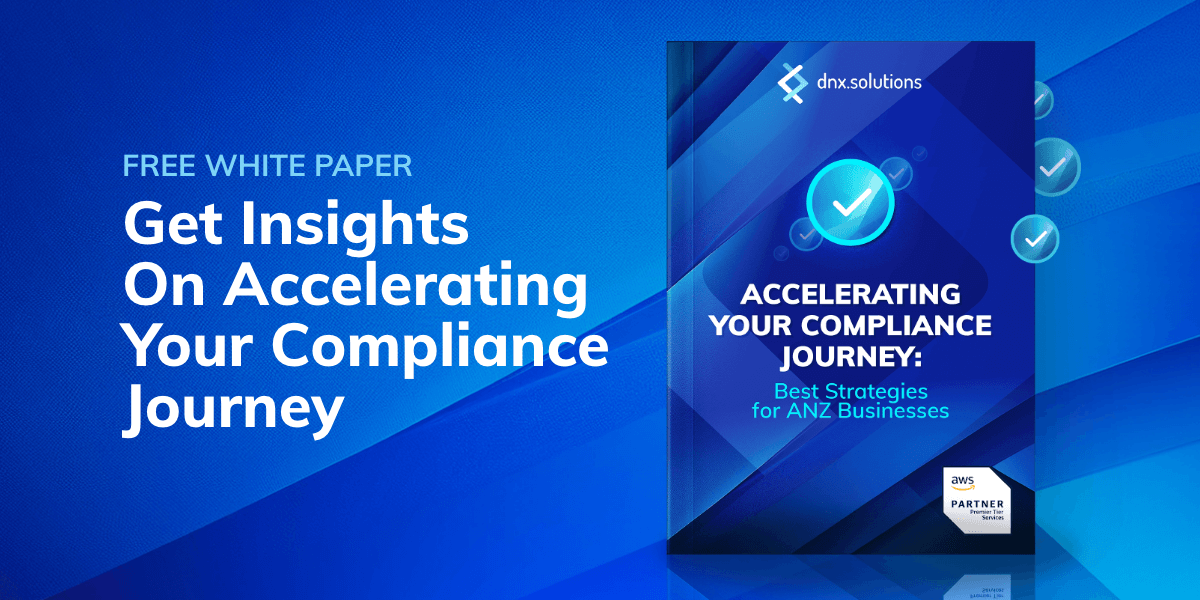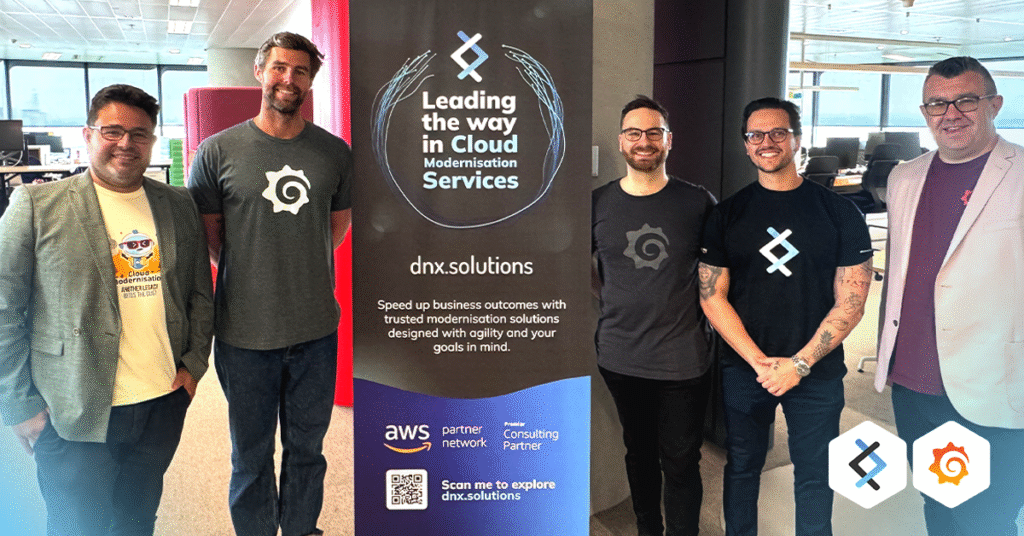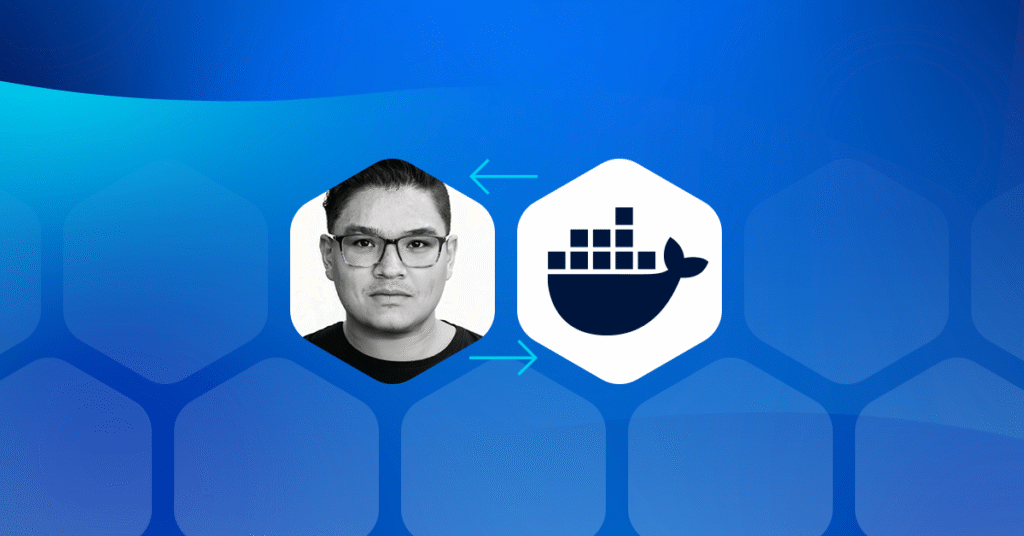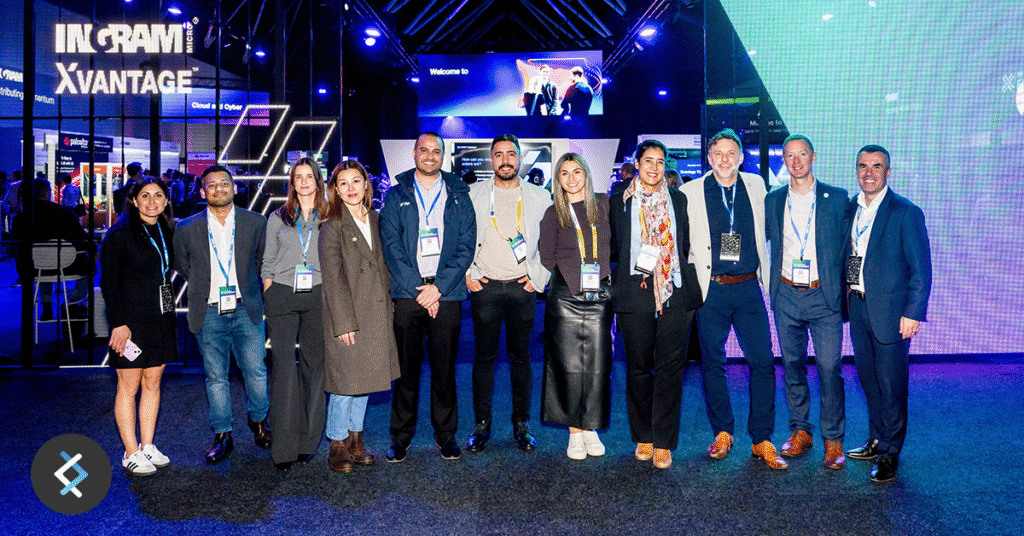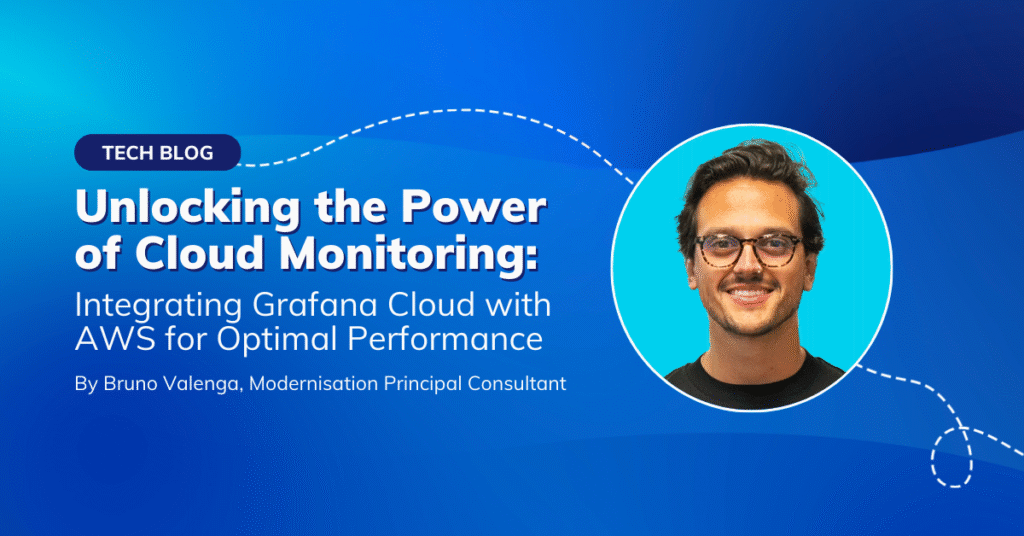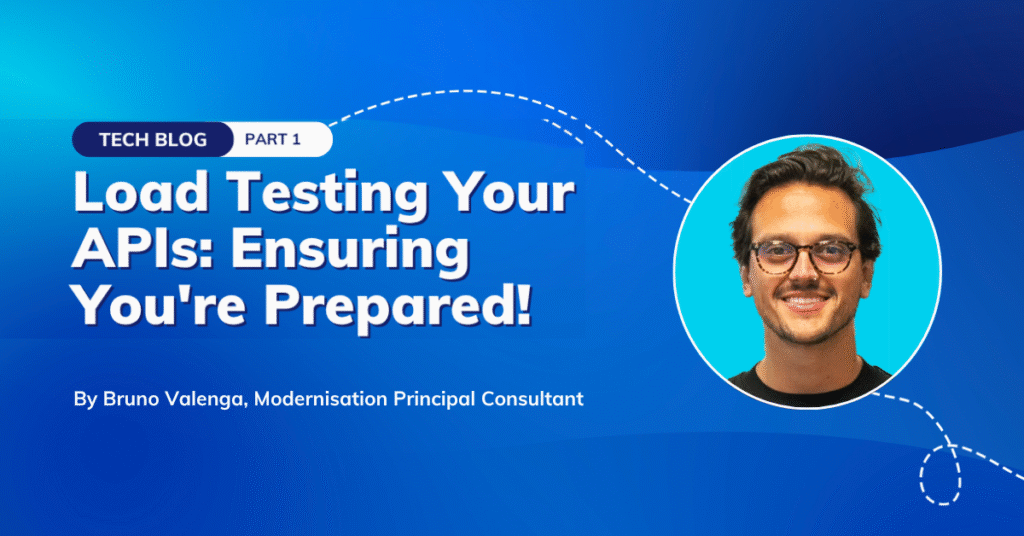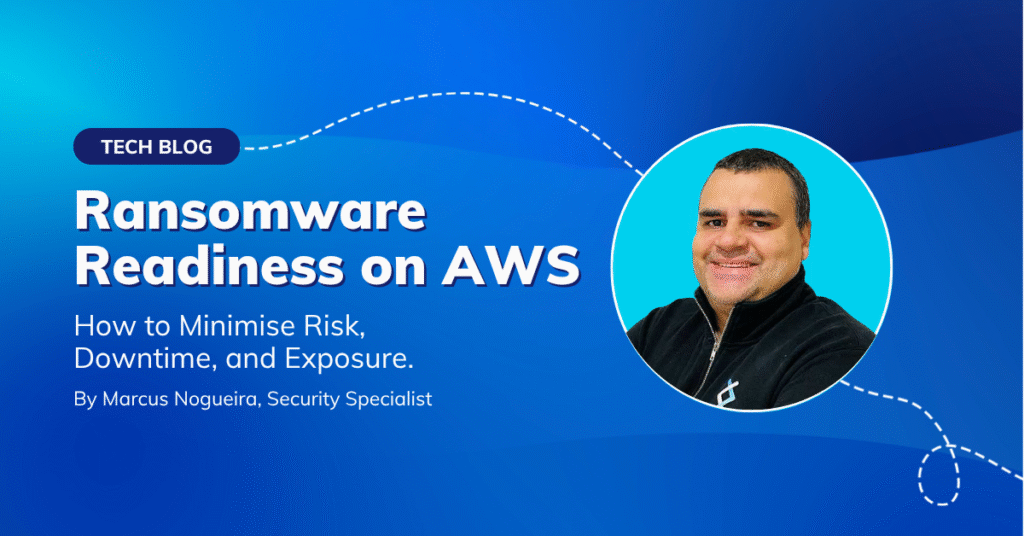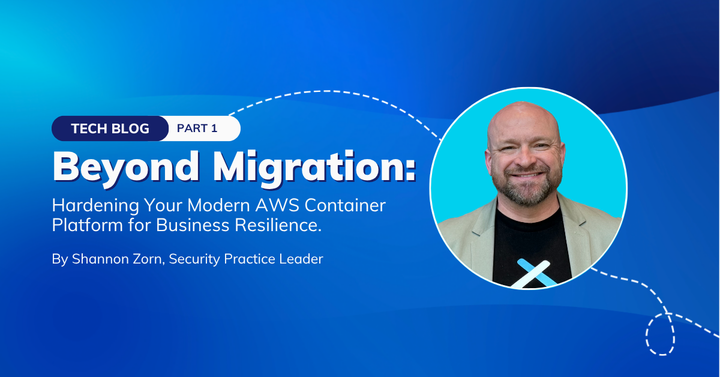
When you modernise in AWS, you’re usually moving your apps into AWS containers with services like Amazon EKS or AWS Fargate. While it might look like just another tech upgrade, it’s a really big step in transforming your business—it lets you deliver features faster, stay agile, and keep costs in check for the long haul.
The catch? Those benefits only last if security keeps up. Leaning on old-school perimeter defences—or tacking security on at the very end—opens the door to real, measurable risk: data breaches, downtime, compliance headaches, and brand damage.
The Business Imperative: Security Isn’t Optional
Containerised apps power critical workflows, process sensitive data, and drive revenue. A single weak spot at this layer doesn’t just hurt IT—it can hit customers, stall operations, and dent your reputation.
Here’s what’s at stake:.
- Financial losses: You’re paying for incident response, forensic work, and any penalties—whether they’re GDPR fines or CCPA-style damages—plus the lawyers that come with it.
- Reputational damage: A breach erodes trust, sparks bad press, and can push customers toward competitors.
- Operational disruption: Downtime kills productivity and delays those shiny new features.
- Lost competitive edge: Attackers can walk off with intellectual property or sensitive business plans.
- Data-breach catastrophes: Unauthorised access to customer info, PII, or financial records invites regulator scrutiny and customer churn.
Real-World Example: The Unsecured Image That Led to Data Exfiltration
Scenario 1: The Unsecured Image Leading to Data Exfiltration
- The oversight: Under pressure to deploy fast, a dev team grabs a base image from a public repo without scanning it. That image hides a known remote-code-execution (RCE) bug.
- The exploit: Attackers spot the vulnerable container, pop the RCE, and discover an overly permissive task role exposed through IMDS. Using that role, they pull sensitive customer data from an S3 bucket.
- The impact: A full-blown data breach, urgent incident response, mandatory regulator notifications, hefty fines or damages, and a significant hit to customer trust.
Shift Left or Fall Behind
Containers speed up the delivery pipeline, so security has to move left in the same pipeline. “Shift Left” means building controls into every stage, starting on a developer’s laptop—not tossing a scan at the end.
Traditional perimeter security can’t cope with short-lived, distributed workloads. To stay safe (and keep the business benefits), your controls need to cover the entire container lifecycle:
| Lifecycle Stage | What to Secure | AWS-Native Helpers |
|---|---|---|
| Developer desktop | Code quality, base-image choice | Amazon CodeWhisperer, curated image catalogs |
| Build pipeline | Image scanning, policy gates | Amazon Inspector image scanning, third-party scanners |
| Registry | Signed images, access control | ECR lifecycle policies, ECR repository scanning |
| Runtime | Threat detection, network segmentation, incident response | GuardDuty EKS Runtime Monitoring, CloudWatch, Security Groups / Network Policies |
Attack Paths in a Containerised World: From Image to Kernel
Understanding how attackers move through a containerised system is the first step to shutting them down. Insecure defaults, misconfigurations, and poorly segmented networks offer entry points—some more obvious than others.
Some of the most common attack paths include:
- Compromised Container Images: Images built with vulnerable libraries, embedded malware, or misconfigured software.
- Insecure Registries: Unauthenticated or poorly secured registries allow attackers to push malicious images.
- Orchestrator Vulnerabilities: Exploiting flaws in Kubernetes (or other orchestrators) to gain control over the cluster.
- Runtime Exploits: Exploiting application vulnerabilities within a running container.
- Weak IAM Policies: Overly permissive roles allowing compromised containers to access unrelated AWS services.
- Insecure Network Configuration: The lack of proper network segmentation (Security Groups, Network Policies) allows lateral movement.
- Secrets Mismanagement: Hardcoded secrets or easily accessible secrets allowing attackers to escalate privileges.
- Container Breakouts/Escapes: A critical risk is to exploit kernel vulnerabilities or misconfigurations to escape the container’s isolation and access the underlying host or the orchestrator control plane.
- Denial of Service (DoS): Overwhelming container resources or orchestrator components.
- App-level DoS—Overloading container CPU/RAM.
- Control-plane DoS—Hammering the orchestrator API or etcd until scheduling fails.
From Awareness to Action
Modern container platforms give you speed, flexibility, and scale—but only if you build security in from day one. You now know where the risks hide; the next move is creating a hardened cloud foundation that protects workloads without slowing you down.
In Part 2, we’ll get hands-on: image hygiene, runtime hardening, least-privilege IAM, and more—using AWS-native and open-source tools you can roll out today.
Ready to turn awareness into real-world protection? Jump to Part 2.
Need to strengthen your container security?
If you’re modernising on AWS and want to avoid the common pitfalls that lead to breaches and downtime, we’re here to help.
Get in touch for a practical, no-pressure chat about your goals and where security fits in.








